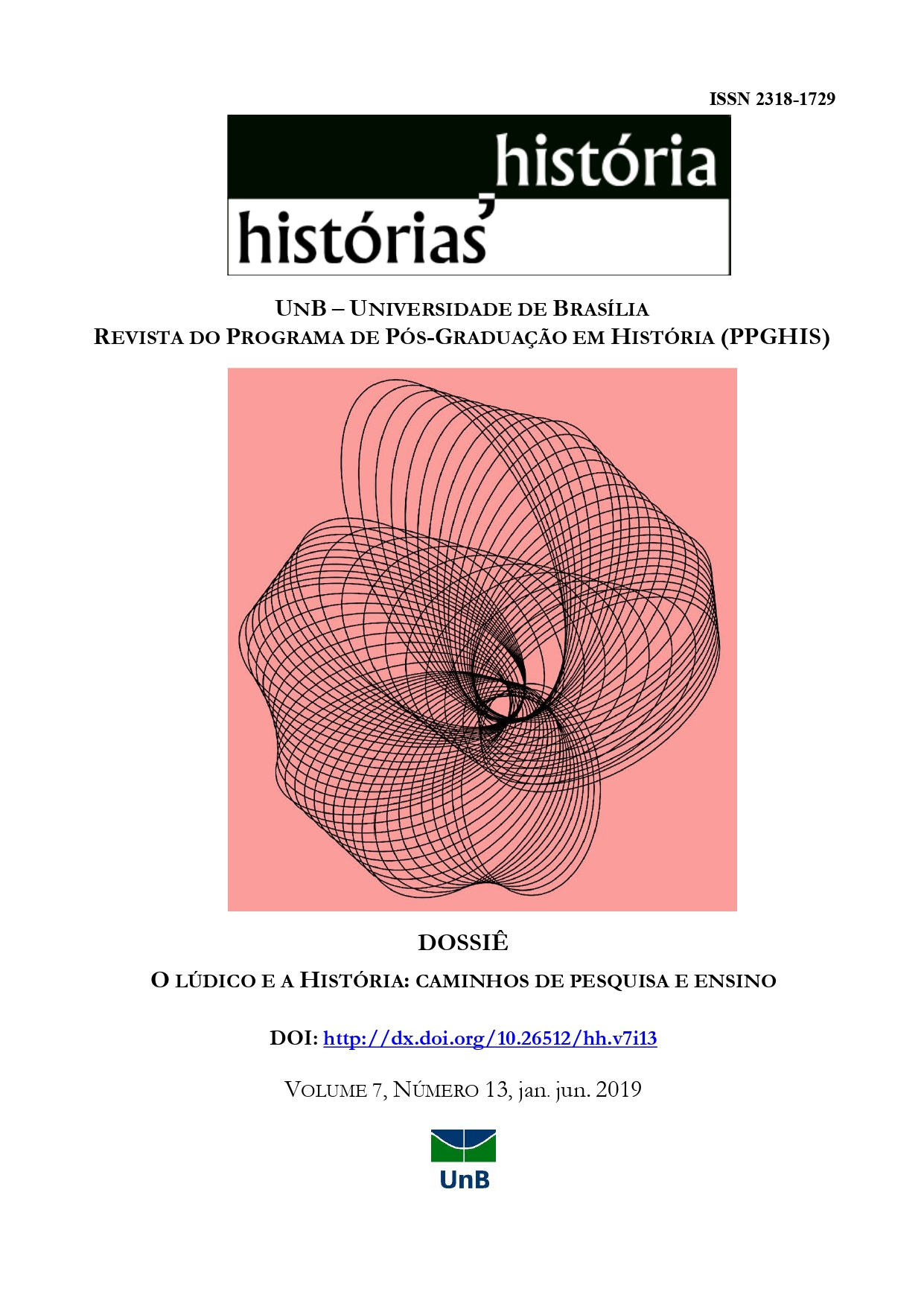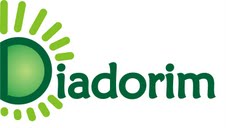Arte engajada e ficção televisiva
a trajetória e as telenovelas de Dias Gomes entre 1969 e 1976
DOI:
https://doi.org/10.26512/hh.v7i13.19294Keywords:
Telenovela, Dias GOmes, Engajamento, ExperimentalismoAbstract
O artigo pretende analisar as telenovelas criadas pelo dramaturgo baiano Dias Gomes, exibidas pela TV Globo entre os anos de 1969e 1976. Busca relacionar aspectos da construção das obras a um suposto projeto de arte engajada de seu criador, iniciado no teatro. Identifica ainda tensões e negociações entre o autor e diferentes constrangimentos, políticos e comerciais, envolvidos nesse processo. Para tanto, foram analisadas sinopses e capítulos das telenovelas em questão articuladas à agenda de Gomes, expressa pelo próprio dramaturgo e estudada por outros autores. Os conceitos “brasilidade romântico-revolucionária” e “engajamento” alicerçaram a localização de Gomes no cenário brasileiro de produção cultural do período, enquanto “realismo”, “melodrama” e “romance em folhetim” serviram para delimitar as bases características da telenovela brasileira. Constatou-se que a transição de Gomes para televisão teve como implicações uma alteração em seu projeto para acomodá-lo ao novo meio de comunicação e certas transformações na produção ficcional televisiva brasileira.
Downloads
Published
Issue
Section
License
Copyright (c) 2019 História, histórias

This work is licensed under a Creative Commons Attribution-NonCommercial-NoDerivatives 4.0 International License.
Authors who submit papers with this journal agree to the following terms:
a) Authors retain copyright and grant the journal right of first publication with the work simultaneously licensed under a Creative Commons Attribution License that allows others to share the work with an acknowledgement of the work's authorship and initial publication in this journal.
b) Authors are able to enter into separate, additional contractual arrangements for the non-exclusive distribution of the journal's published version of the work (e.g., post it to an institutional repository or publish it in a book), with an acknowledgement of its initial publication in this journal.
c) Authors are permitted and encouraged to post their work online (e.g., in institutional repositories or on their website) prior to and during the submission process, as it can lead to productive exchanges, as well as earlier and greater citation of published work.




